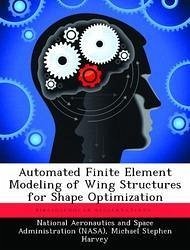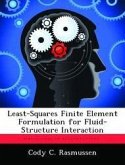The displacement formulation of the finite element method is the most general and most widely used technique for structural analysis of airplane configurations. Modem structural synthesis techniques based on the finite element method have reached a certain maturity in recent years, and large airplane structures can now be optimized with respect to sizing type design variables for many load cases subject to a rich variety of constraints including stress, buckling, frequency, stiffness and aeroelastic constraints (Refs. 1-3). These structural synthesis capabilities use gradient based nonlinear programming techniques to search for improved designs. For these techniques to be practical a major improvement was required in computational cost of finite element analyses (needed repeatedly in the optimization process). Thus, associated with the progress in structural optimization, a new perspective of structural analysis has emerged, namely, structural analysis specialized for design optimization application, or.what is known as "design oriented structural analysis" (Ref. 4). This discipline includes approximation concepts and methods for obtaining behavior sensitivity information (Ref. 1), all needed to make the optimization of large structural systems (modeled by thousands of degrees of freedom and thousands of design variables) practical and cost effective.
Hinweis: Dieser Artikel kann nur an eine deutsche Lieferadresse ausgeliefert werden.
Hinweis: Dieser Artikel kann nur an eine deutsche Lieferadresse ausgeliefert werden.








